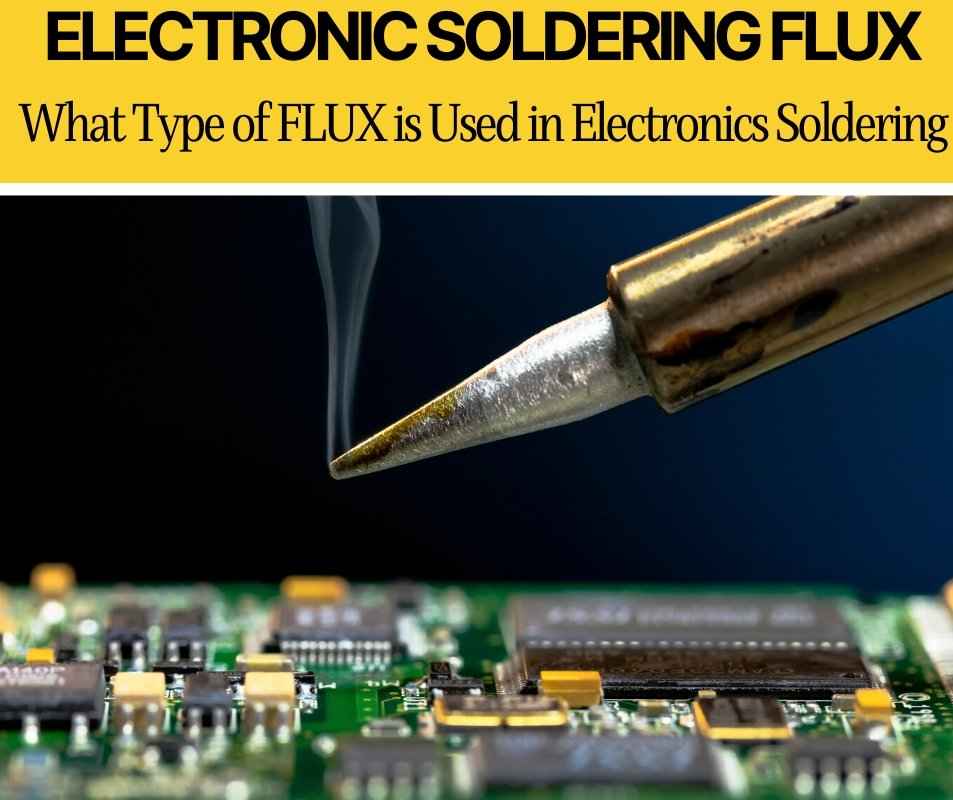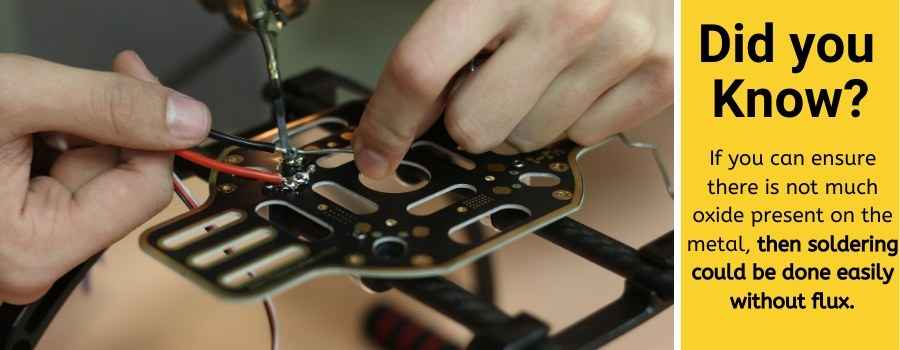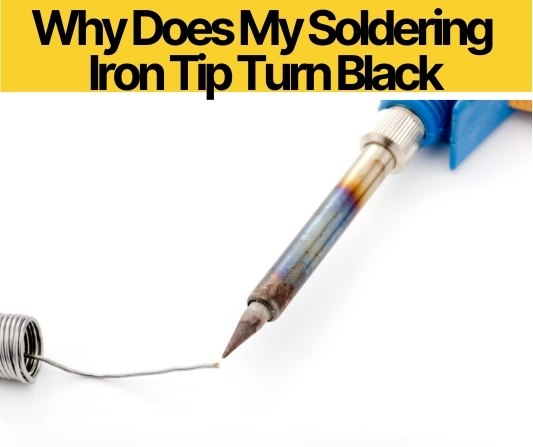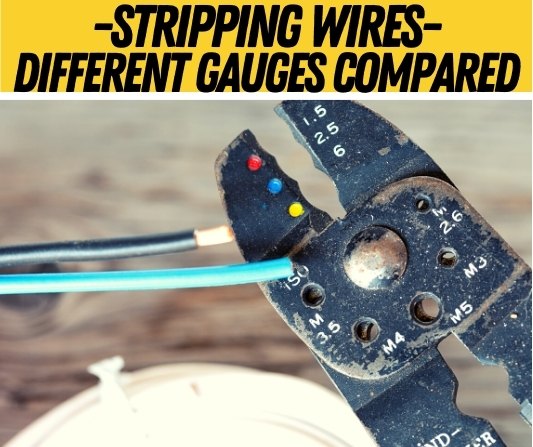 Without flux, soldering can prove to be temperamental or even impossible.
Without flux, soldering can prove to be temperamental or even impossible.
But even when using flux you have to make sure you’re using the correct type, otherwise it could end up doing more damage than good.
But what are the different types, and when should you use them?
In This article we will see what type of flux is best suited for various electronic soldering tasks.
What Type of Flux is used in Electronics Soldering?
Rosin,Liquid and Easy Clean Flux is generally used in electronics soldering. Generally, the less acidic a flux is, the less damage it is likely to cause to an electronic. Rosin is popular because it is easy to use, but liquid and easy clean flux are worthy alternatives. Each have their own advantages, depending on personal preference and experience level.
Flux is needed to remove oxides from the surface of a metal. Oxides form when a metal is exposed to oxygen. This happens to almost all metals used in electronics. Flux actively removes oxides as you solder, preventing poorly soldered joints. But each flux has different properties, which make it suitable for different aspects, i.e. one can be used more generally, while the other can be used more precisely. It is important to use the correct flux, otherwise, you could cause damage.
Rosin, Liquid and Easy Clean Flux
Rosin, liquid and easy clean flux are three of the main types of electronics flux. Mainly, the choice between the three comes down to personal preference, and which is advised for beginners. Rosin based flux is highly recommended for all electronics soldering needs, but easy clean and liquid are, easier to clean and remove after soldering.
Using Rosin Flux
Rosin in one of the oldest, and most reliable, fluxes. One of rosin’s main benefits is that is quickly rids the metal of oxides, and it is only acidic in liquid form, therefore safe to leave on the electronic when it has cooled. However, if the electronic is prone to becoming hot, the rosin could do damage, which is why it is best to remove it after soldering. The removal process can be a little difficult, and needs alcohol to properly clean.
Using Liquid Flux
Liquid fluxes are a worthy alternative to rosin flux, as they rid the metal of oxides more efficiently. Due to its fluidity, liquid flux can easily be applied and dabbed onto the area that needs soldering. However, it cools down quickly, which gives less time to solder. Its fluidity is also a downside, as liquid flux can easily flow to areas of a circuit board you don’t want it to. Liquid flux needs to be cleaned off after use, as it is more corrosive than rosin. The more you contain the use of liquid flux, the better.
Using Easy Clean Flux
Easy clean flux’s name would rightly suggest that this type of flux is easily removed after soldering, meaning you don’t have the same issues as you would with rosin or liquid flux, where the remains can damage the electronics. However, the reason easy clean flux does not damage is due to its reduced potency, and therefore is more difficult to yield similar results when using the other fluxes. This is due to the fact that it uses less powerful chemicals, which makes the window for soldering smaller, and the process more difficult.

Best Flux for Electronic Soldering
Generally speaking, the best type of solder to use when soldering electronics is rosin, as it’s the easiest to use, with the least risk to damaging the electronic. It still needs cleaning off after use, as it can pose a risk of corrosion, but it’s the best in terms of quality of soldering, and low acidic levels.
Whether using the flux for a circuit board or surface mount technology (SMT), rosin is the best type to ensure high-quality joints in both.
Can You Use Other Types of Flux on Electronics?
Flux is not just used in electronic soldering, but also in plumbing, which uses different types of flux, such as water-soluble flux. A process called tinning also has its own type of flux, but are these suitable for electronics? Are they interchangeable between the different metals and processes?
Electronic soldering needs a certain amount of precision, and with the amount of different components on a circuit board, some easily liable to damage, it is very important you use the correct type of flux.
Plumbing Flux
Plumbing flux is far more corrosive than electronics flux, and is used to remove oxides on a much larger scale. While it may be more effective at removing oxides, it is too effective in terms of electronics, and could easily destroy a printed circuit board (PCB). Electronics soldering is a more delicate process than plumbing soldering, and requires a flux that is far less aggressive. Do not use plumbing flux instead of electronics flux.
Water-Soluble Flux
Water-soluble flux is suitable for use in electronics soldering, as it combines less-aggressive acids with water and isopropyl alcohol, making it a safe alternative to rosin. An advantage it does have over rosin is that it’s far easier to clean. With the use of heated water, water-soluble flux comes straight off, no need for alcohol. Water-soluble flux can also be a more powerful remover of oxides than rosin, but they are electrically conductive, which has its own disadvantages.
Tinning Flux
While tinning flux may be less corrosive than plumbing flux, it is still inadvisable to use it on electronics. Tinning flux can cause damage to electronics by corroding the more delicate components. If you have some tinning flux, it may even say on the label that it is not suitable for electronics. While some people may say it is okay to use if the soldering is properly cleaned afterwards, it is still not worth the risk, particularly for beginners.
Do I need Flux for Soldering Electronics?
The answer is yes and no. If you can ensure there is not much oxide present on the metal, then soldering could be done easily without flux. However, the more a metal is exposed to the air, the more oxide forms on the metal, and the more difficult it becomes to solder. It may be better to ask the question, is it worth not using flux and potentially creating a bad joint, rather than using flux and guaranteeing no oxide issues?
Flux can be more of a hassle, especially when cleaning rosin flux after use, but it makes the soldering easier and ensures a good joint will come out of it. It can also save you issues later down the line.
Using Flux When Soldering Electronics
Using flux for soldering electronics differs slightly with each type of flux, but generally they are administered in the same way.
Firstly, it is important to have a clean soldering iron before use. As it is heating up, touch gently against a damp sponge, to remove any excess solder from a previous job. Ideally, it should already be pretty clean. Applying a small amount of solder to the tip of the iron will prevent any oxidization during the soldering process.
Read also: Why Does My Soldering Iron Tip Turn Black
Assuming you are soldering two wires together, you want to have stripped the outer sheath back about an inch, to expose the metal you’ll be soldering. Cross the wires at the exposed ends at a 90° degree angle and then twist them together. The two wire ends should now be wrapped together, with neither ends of the wire sticking out.
The next step is to gently dab a small amount of the flux onto the exposed wire ends, ensuring to coat them properly. You can do this using a small paintbrush, a Q-tip, or even your finger, it depends on personal preference and the type of flux being used. Next, gently heat the flux using the soldering iron, to allow i to reach the correct temperature, which will be identifiable as just before it begins to bubble.
Then, on the opposite side to where you are pressing your iron, press the solder into the wire for one/two seconds. It should bond quickly and easily, since you’ve applied the flux,. Check the wire to see if the solder has properly coated the wire, and apply more where needed. Otherwise, the process should be complete.






